The oases of Egypt magically emerge, as if by magic, in the middle of the unforgiving desert. A natural landscape that has fascinated since ancient times, as evidenced by the name Herodotus gave them: “sacred islands”. In this section we tell you which are the oasis of Egyptwhere they are located and, most importantly for your trip, what you can visit in them. Our agency will be in charge of configuring a tailor-made travel program for you, visiting several of them or staying in one, which will serve as a base for you to discover other places of interest in the surrounding area.
Today, the oases of Egypt are presented to us as islands of vegetation surrounded by the most arid desert. However, this was not always the case. Or at least, not exactly. Thousands of years ago, today’s desert was more like a savannah where natural springs and watercourses were not so rare, and where rainfall was not so extraordinary.
However, the gradual warming of the climate caused this entire area to dry out in an extreme manner, eliminating practically all traces of water on the surface. However, important aquifers remained in the subsoil, emerging naturally in some places and being exploited by man through wells, thanks to the porosity of the soil.
In such an arid environment, the oases of Egypt, the remained as plant islands around which populations of different sizes were established. And although living conditions may seem extreme, at times they enjoyed great prosperity. This is because they were of great necessity for the Bedouin caravans of the desert, who were forced to stop at them during their long journeys.
In addition, intermediation and warehousing activities were carried out in the oases, which left more room for maneuver and benefit to the inhabitants of these areas. oasis. Egypt had real old-style ‘service stations with tolls’ here! And the basis of those routes is today the network of roads linking the oases of Egypt between them.
These were obligatory stops that, on occasions, were also obligatory for the expeditions organized by the pharaohs themselves. Luxury goods, such as gold, ebony, ivory or precious minerals, were sought after. And their planning was always done taking into account the location of the oasis of Egypt.
In addition to this economic importance, the oasis of Egypt They also had it at a geostrategic level, especially those located in the Western Desert, also called the Libyan Desert: they represented a border with their western neighbors, the Hyksos, who represented a real threat, as demonstrated by their conquest of the country during the Second Intermediate Period.
For all these reasons, the oases of Egypt were not independent entities and were never considered ‘foreign’ territories, but were under the dominion and control of the pharaohs. In the early days (Ancient Empire), when the capital was in Thebes or Memphis, they were run directly by their central administration. And later, from the Middle Empire onwards, they had their own administrators.The capital was the capital of the city, although always controlled from the capital,
Thebes (present-day Luxor)
.
On the other hand, due to its isolated and almost inaccessible location, the oasis of Egypt were presented as ideal places for the exile of the pharaohs’ adversaries, of which there are some documented examples. Nowadays, there are also many people who ‘exile’ themselves in them, but in a very different way: traveling to the oasis of Egypt is an unbeatable way to disconnect from the stress of everyday life and find the peace and tranquility so longed for on vacation.
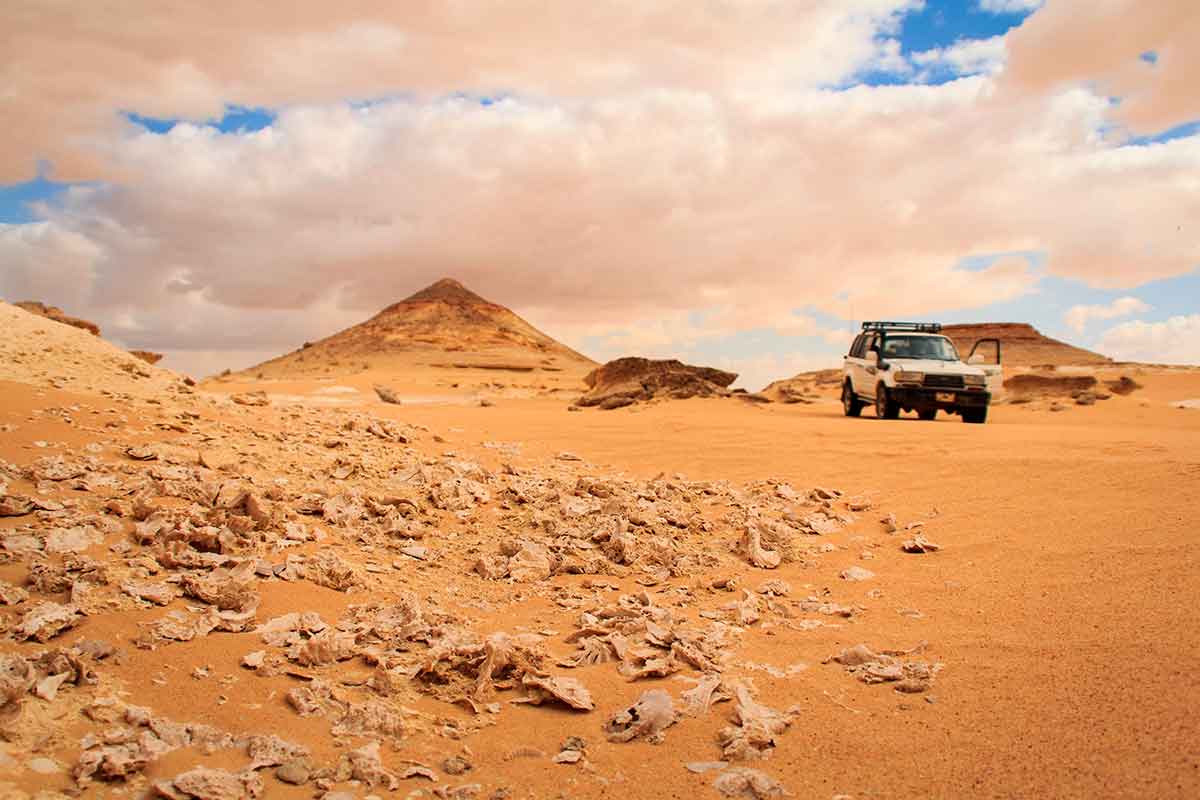
It is difficult to quantify the exact number of oases in Egypt.but in terms of tourism (which is what readers-travelers like you will be interested in) there are not so many of them. Most of them are located in the Western or Libyan Desert, although at very distant geographical points. Less numerous and lush are those located east of the Nile River: in the Eastern or Arabian Desert, between the Nile and the Red Sea, there are none outstanding, but some do deserve our attention in the Sinai Peninsula, which is actually the natural extension of the Sinai Desert. Let’s see
It is the largest of Egypt’s oases, the closest to Cairo and the most closely linked to the Nile River. In fact, it has a history and a development of its own, with a close link to the vicissitudes of Ancient Egypt. Nowadays, it represents one of the favorite getaway places for the cairotas. We dedicate an entire page to it and its tourist attractions.
Several hundred kilometers west of the Nile Valley, at a latitude parallel to what is generally considered to be the Middle Egypt are three of Egypt’s oases. oases of Egypt in which our agency has extensive experience:
In addition to the oases mentioned, it is worth noting the Siwa Oasis, located much further north, near the Libyan border. Its fame is largely due to the oracle that once existed there. Nowadays, it is a feasible excursion from vacation destinations along the Mediterranean Sea, particularly Marsa Matruh.
In addition to the oases of Egypt On the African continent, it is worthwhile to visit the desert-like Sinai Peninsula, which is more arid and, in its southern part, more mountainous. It is precisely here that the oasis of Santa Catalina is located, which is of great importance for religious tourism. The pilgrimage trips have as their destination the monastery of St. Catherine and the nearby Mount Sinai, so important for Christians and Jews.
If you want to travel to the oases of EgyptContact Egipto Exclusivo. We will take care of every detailThe program includes a wide range of activities, in surprising accommodations, with thematic visits of interest and with all the tailor-made services, such as transportation or meals. Rely on an agency with a wealth of experience in the oasis of Egypt!
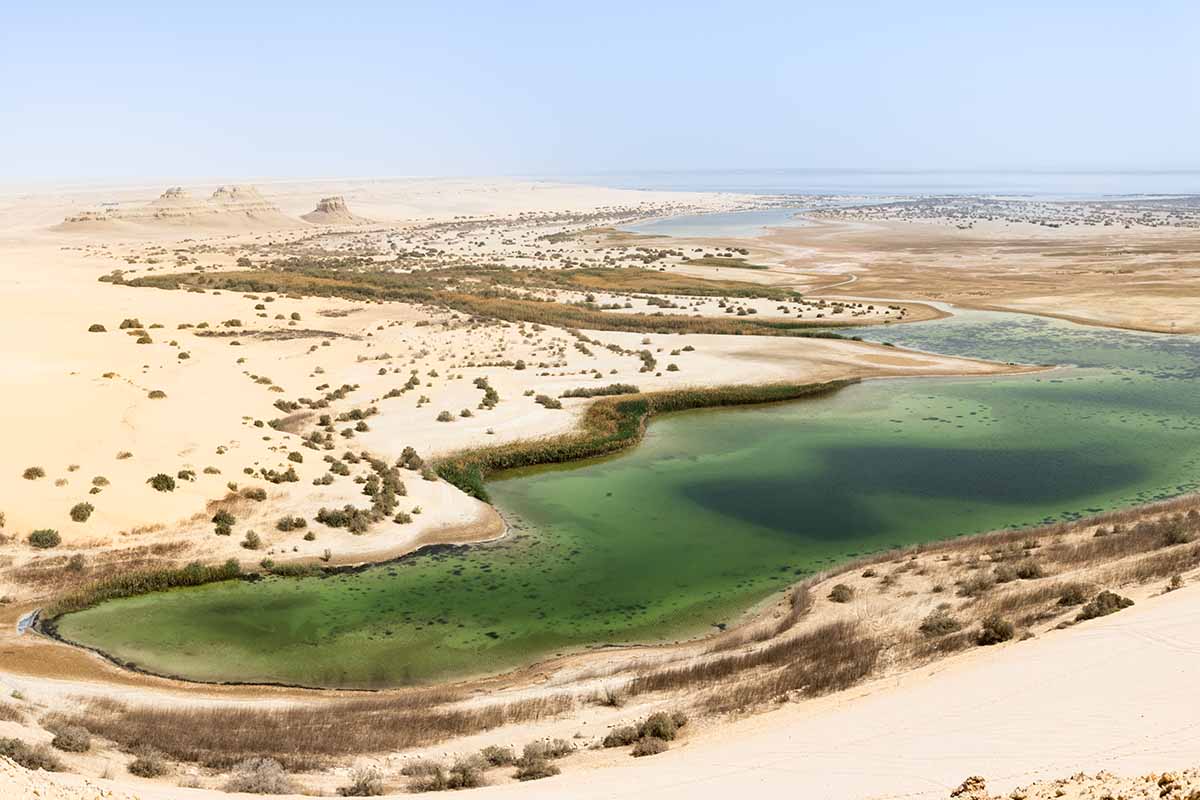
The Fayum is a region in Egypt known for its rich history, stunning natural landscapes and archaeological sites. It is located southwest of Cairo and is famous for its lakes and oases, which contrast with the surrounding desert. The region is home to several ancient pyramids and temples, as well as rock art dating back thousands of years. It is a fascinating destination for lovers of history, nature and archeology. Find more details in our page dedicated to El Fayum
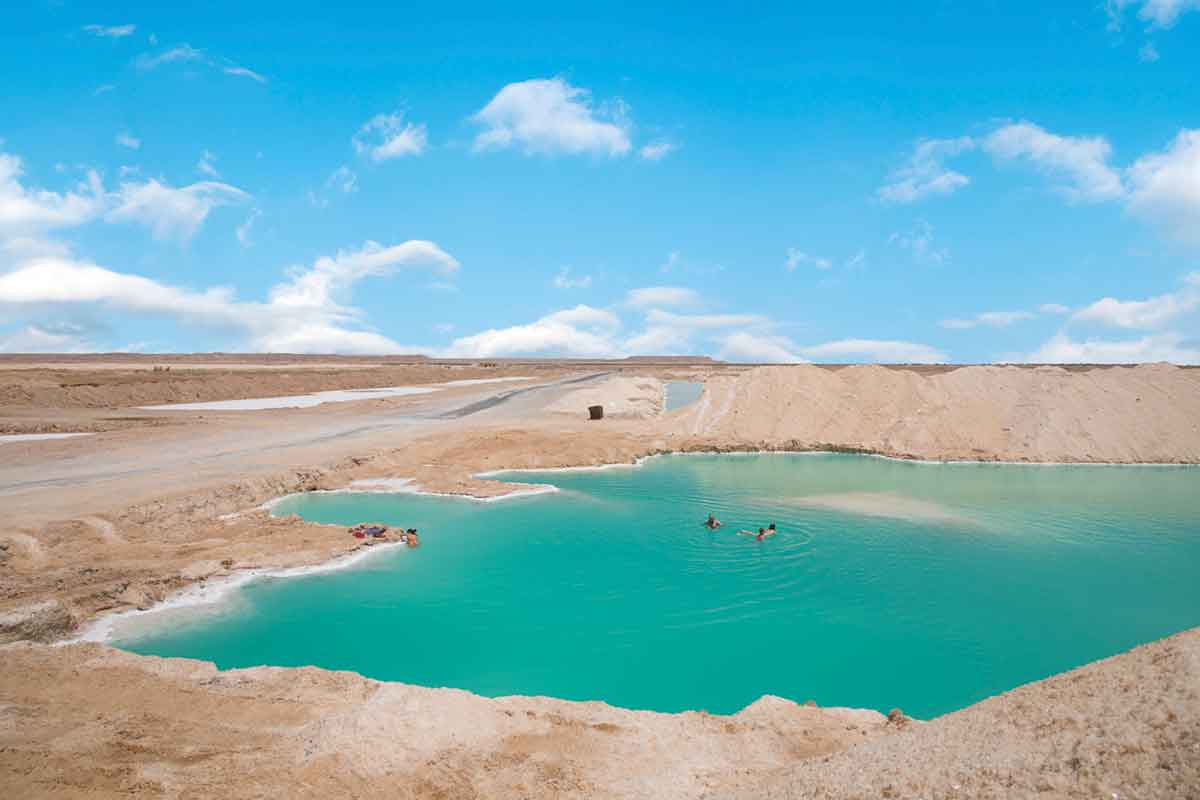
Siwa is an oasis located in the western desert of Egypt, near the Libyan border. It is known for its olive groves, freshwater springs, and its impressive landscape of sand dunes. The culture and traditions of the local people, the Siwan, are unique and have remained relatively unchanged over the centuries. Siwa also houses the famous Oracle of Amun, consulted by Alexander the Great during his conquest of Egypt. Find out more on our Siwa page.
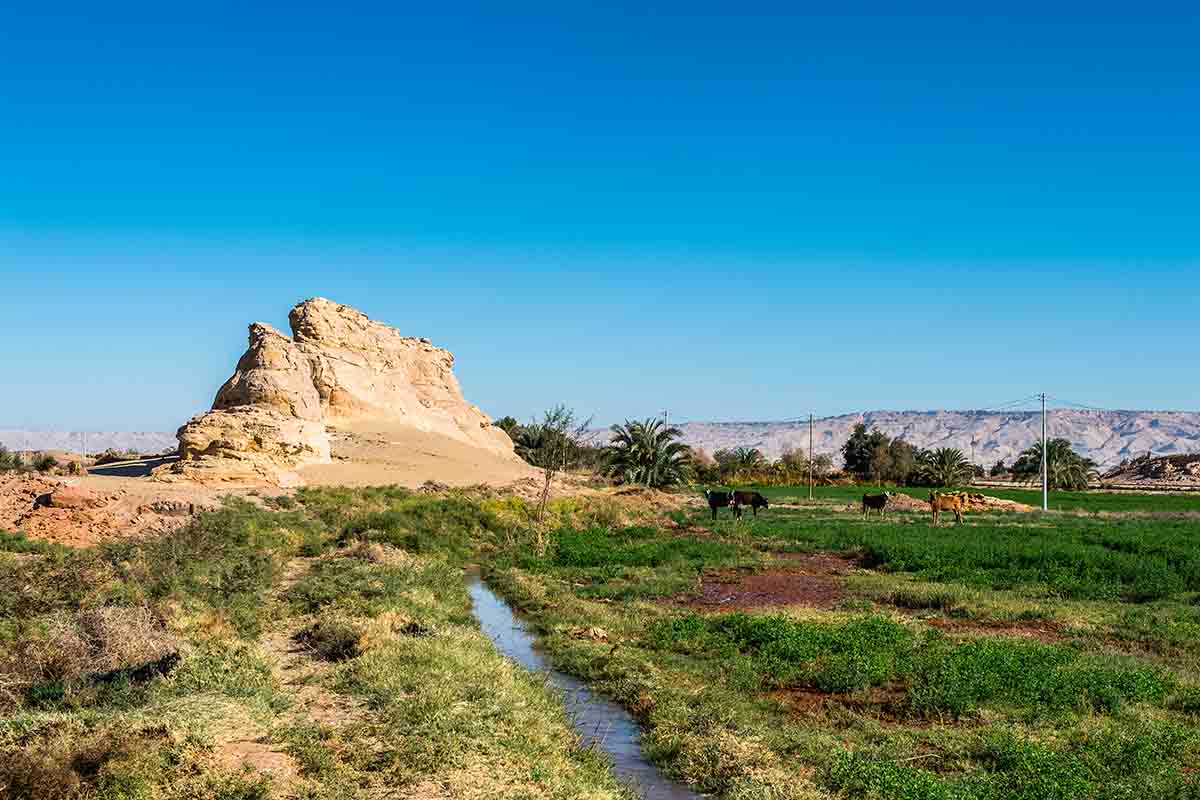
Dakhla is one of the five oases in the western desert of Egypt, and is located approximately 350 km northwest of Luxor. It is known for its tranquil natural environment, which includes sand dunes, palm groves and hot springs. In addition, Dakhla has several historical monuments, such as the Temple of Deir el-Hagar and the medieval Islamic village of Al-Qasr. More information about Dakhla is available on our dedicated page.
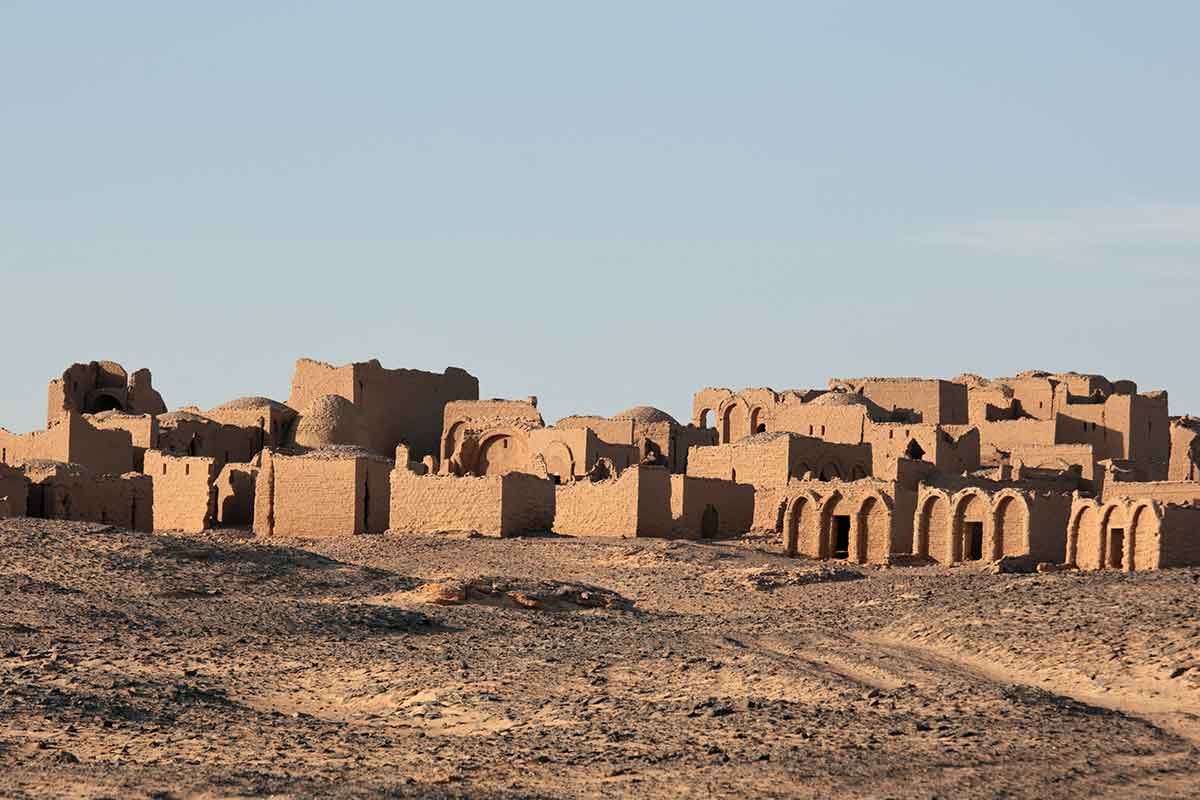
Dendera, located north of Luxor, is known for the Temple of Hathor, one of the best preserved structures in Egypt. Hathor, goddess of love and joy, is represented as a cow or a cow-headed woman. The temple complex includes a sacred lake, several chapels and an impressive astronomical zodiac on the roof of one of the porticoes. For more information, please visit our Dendera page.
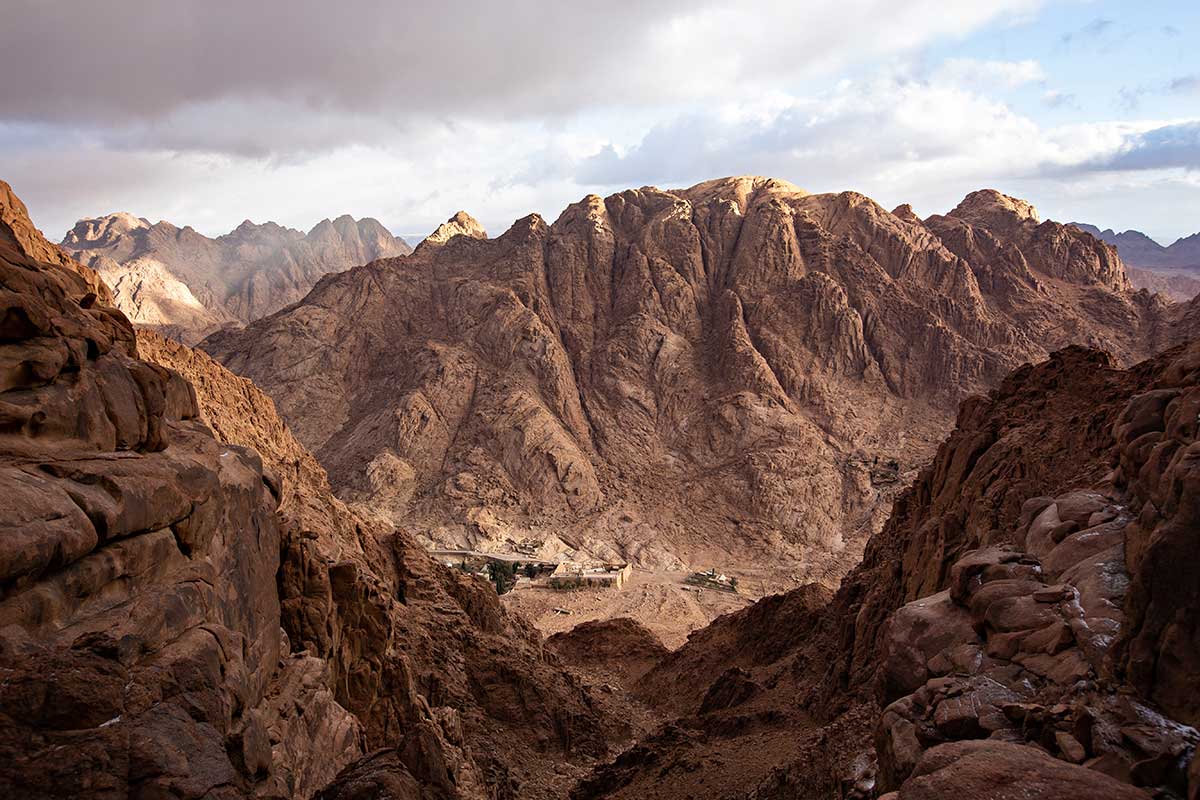
St. Catherine’s Oasis, located on the Sinai Peninsula, is a quiet and mystical place famous for the historic St. Catherine’s Monastery, one of the oldest monasteries in the world. The oasis is surrounded by desert mountains and is a place of pilgrimage for Christians, Jews and Muslims. It is also a popular starting point for excursions to Mount Sinai. For more information, visit our page dedicated to Santa Catalina.
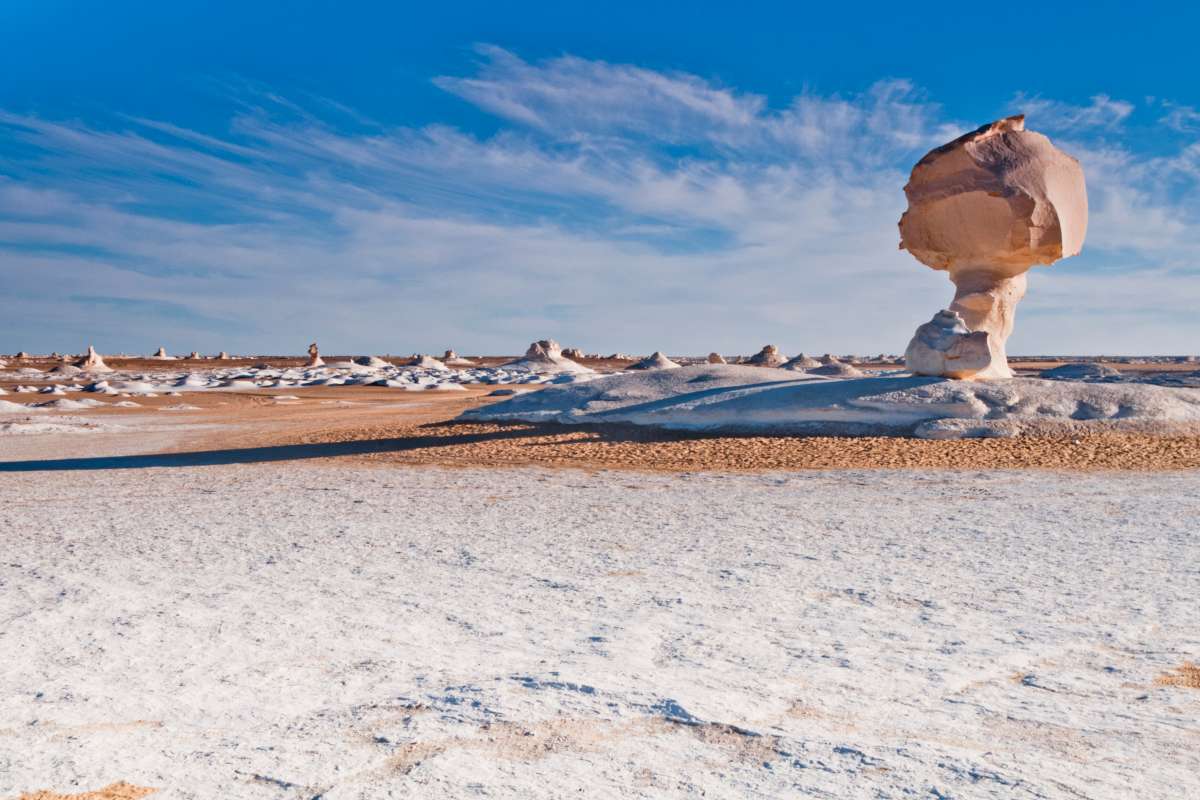
The Farafra Oasis, located in the western desert of Egypt, is the most isolated of all Egyptian oases. It is famous for its stunning desert landscape, which includes the white limestone rock formations of the White Desert. The small village of Farafra offers a unique insight into desert life, and its inhabitants are known for their hospitality. For more details, please visit our dedicated Farafra page.
Fill out the form below to receive a free, no-obligation, tailor-made quote from an agency specialized in Egypt.
Travel agency and DMC specializing in private and tailor-made trips to Egypt.
Mandala Tours, S.L, NIF: B51037471
License: C.I.AN-187782-3